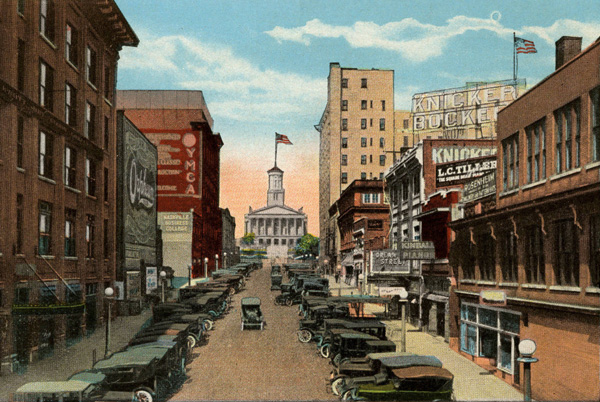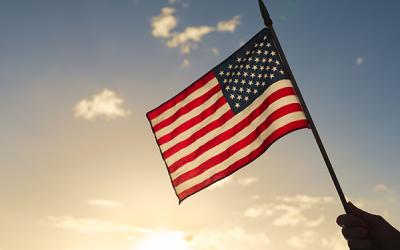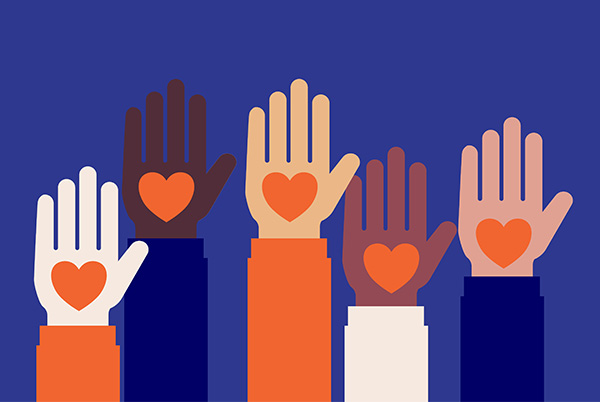I think this one was my favorite of all the books I read. It had the best balance of human interest stories and weather. The Curtis family started the John Curtis Christian school in Jefferson Parish in the 1960s. Their football team is one of the best in the country, and they can’t wait for the 2005 season to start. Initially, it seems like player transfers and a challenging schedule will be all they have to worry about. But Katrina has other ideas. I was really impressed with all the work the Curtis family put in to taking care of their kids – and not only getting the football season restarted after the storm, but also making sure that everyone had somewhere to stay.
I will admit that I went down a bit of a rabbit hole here. But I never managed to find a book about Katrina that was all weather and no politics, mostly because I don’t think it exists. Apparently you can’t have one without the other.
Ok, friends. I hope your 2021 Severe Weather Season is full of fun this year and NOT tornadoes. If you have a little free time and are curious, NWS Nashville is offering a ton of free, online weather classes next week. Check out the schedule here. I'm excited about the class on Sat (3.6) with @NashSevereWx. I love those guys! See you there.
Happy not blowing away,
:) Amanda





